KYC Verification Time Calculator
How long does KYC verification take in 2025?
The article mentions that KYC verification now takes an average of 3.5 minutes. This calculator estimates your specific verification time based on real-world factors discussed in the article.
Estimated Verification Time
How This Matches Industry Data
According to the article, KYC verification time has decreased significantly from 15 minutes in 2022 to 3.5 minutes in 2025. This calculator uses the latest verification technologies discussed in the article:
- 99.2% AI verifies documents with 99.2% accuracy
- 10s Verification takes under 10 seconds per step
- 92% 92% of exchanges use facial recognition
By 2025, if you want to trade crypto on any major platform, you must prove who you are. No more anonymous sign-ups. No more bypassing identity checks. KYC-Know Your Customer-is no longer a box to tick. It’s the foundation of the entire crypto ecosystem. And it’s only getting stricter.
KYC Is No Longer Optional
Ten years ago, buying Bitcoin meant sending cash to a stranger in a parking lot or using a Bitcoin ATM with no questions asked. Today, even the smallest exchange requires your government ID, a selfie with your face, and proof you live where you say you do. Why? Because regulators forced the change. The Financial Action Task Force (FATF), the global watchdog for financial crime, made it clear in 2019: crypto exchanges are financial institutions. That meant they had to follow the same rules as banks. By 2025, 92% of centralized crypto exchanges globally have fully implemented KYC systems. That’s not a suggestion. It’s the law in over 85% of countries. If you don’t comply, you get shut down. Look at Binance.US: they paid a $2.3 million fine in June 2025 for failing to verify high-risk users. That’s the new reality.How KYC Works Now (And How Fast)
Gone are the days of uploading a blurry photo of your passport and waiting three days for approval. Today’s systems are automated, fast, and surprisingly accurate. Here’s what happens when you sign up on a regulated exchange in 2025:- You upload a photo ID-driver’s license, passport, or national ID card.
- You take a live selfie. AI compares your face to the photo on your ID.
- You provide proof of address-utility bill or bank statement, no older than 90 days.
- You answer questions about where your money came from if you’re depositing over $10,000.
Centralized vs. Decentralized: The Great Divide
Here’s the big split: centralized exchanges (CEXs) like Coinbase and Kraken? 92% are fully KYC-compliant. Decentralized exchanges (DEXs) like Uniswap? Less than 15% even try. Why? Because DEXs are built to avoid intermediaries. No central server. No user data stored. That’s their selling point-privacy. But it’s also their legal weakness. The FATF’s Travel Rule requires exchanges to share user info when transactions exceed $100,000. Centralized platforms follow it. DEXs don’t-and regulators are taking notice. In 2025, the EU’s MiCA framework started cracking down on DEXs that don’t implement basic user identification. Some DEXs are now testing wallet-level KYC, where your wallet itself holds verified identity data. But most users still avoid them. Chainalysis data shows anonymous crypto trading now makes up less than 12% of total volume. The market is choosing compliance over anonymity.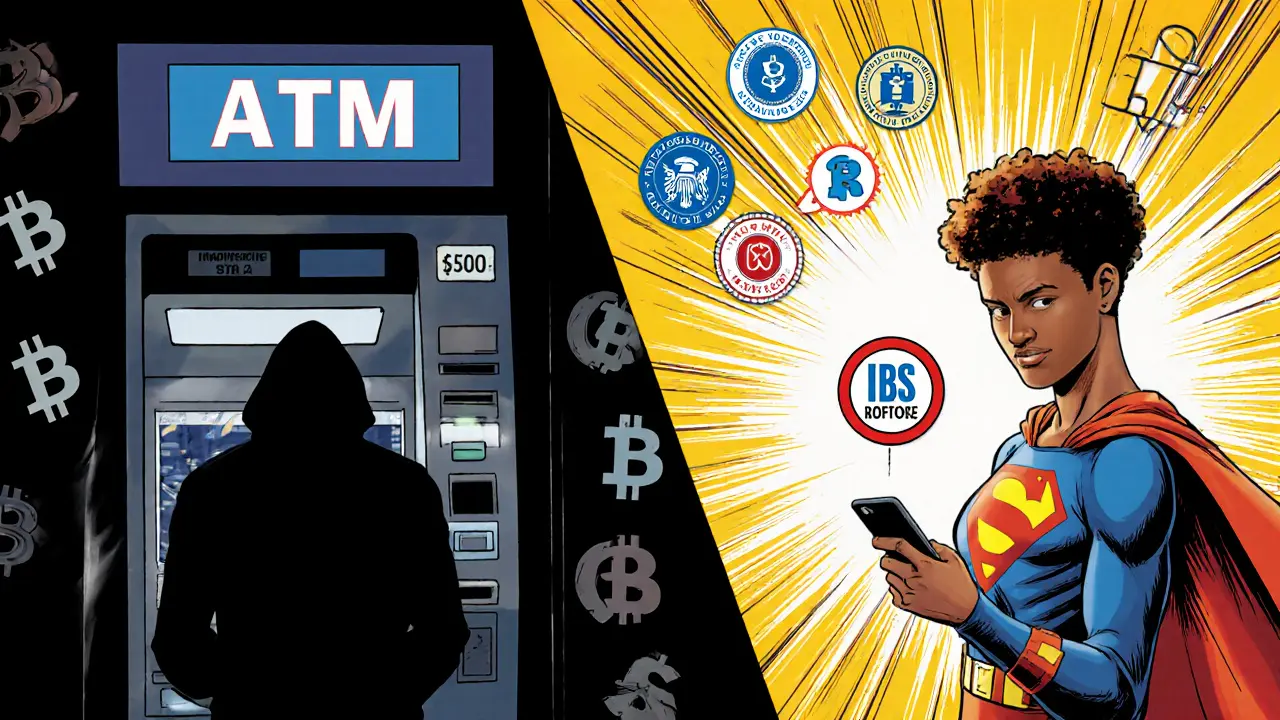
The Tech Behind the Rules
Modern KYC isn’t just paperwork. It’s a tech stack.- Biometrics: 92% of exchanges use facial recognition or fingerprint scans.
- Blockchain analytics: 90% of platforms monitor your wallet history. If you’ve ever interacted with a sanctioned address, you’ll get flagged.
- GDPR and CCPA compliance: 80% of regulated exchanges store your data in encrypted, location-specific servers to meet privacy laws.
- Continuous monitoring: 71% of platforms don’t just check you once. They watch your activity. If you suddenly start sending large sums to high-risk countries, you get a follow-up question.
Privacy vs. Security: The Tension
Here’s the uncomfortable truth: most users don’t like KYC. A 2025 survey of 3,500 crypto users found that 76% believe KYC is necessary-but only 41% feel they’re told how their data is used. Reddit threads are full of complaints: “I closed three accounts this year because they wouldn’t tell me how long they kept my ID.” Privacy advocates like the Electronic Frontier Foundation warn that mass identity collection in crypto creates new risks. What if a database gets hacked? What if governments demand access? They argue that KYC hasn’t stopped major hacks or scams-it just made it harder for ordinary people to use crypto. On the other side, regulators point to data: in 2025, 1,245 sanctioned crypto wallets were flagged for suspicious activity. That’s a 32% jump from 2024. Most of those wallets were linked to unverified users. The middle ground? Privacy-preserving tech. Zero-knowledge proofs (ZKPs) are starting to appear. These allow platforms to verify you’re not a criminal without seeing your name, address, or ID. The World Economic Forum predicts ZKPs will be standard by 2027. But regulators are skeptical. Can you audit something you can’t see? That’s the debate.What’s Coming Next?
The future of KYC isn’t just about checking IDs. It’s about integration.- CBDCs and wallet KYC: If you use a digital dollar or euro from your central bank, your wallet will come with built-in KYC. No choice.
- Continuous KYC (cKYC): Instead of checking you once, platforms will monitor your behavior in real time. High-risk user? More checks. Stable trader? Fewer.
- 1099-DA reporting: Starting in 2026, all U.S. crypto exchanges must report your transactions to the IRS using a new form. That means every trade, every swap, every staking reward needs KYC data attached.
- Global standards: The OECD is pushing for a universal beneficial ownership registry by 2027. That means every crypto wallet linked to a company will need to reveal its real owners.
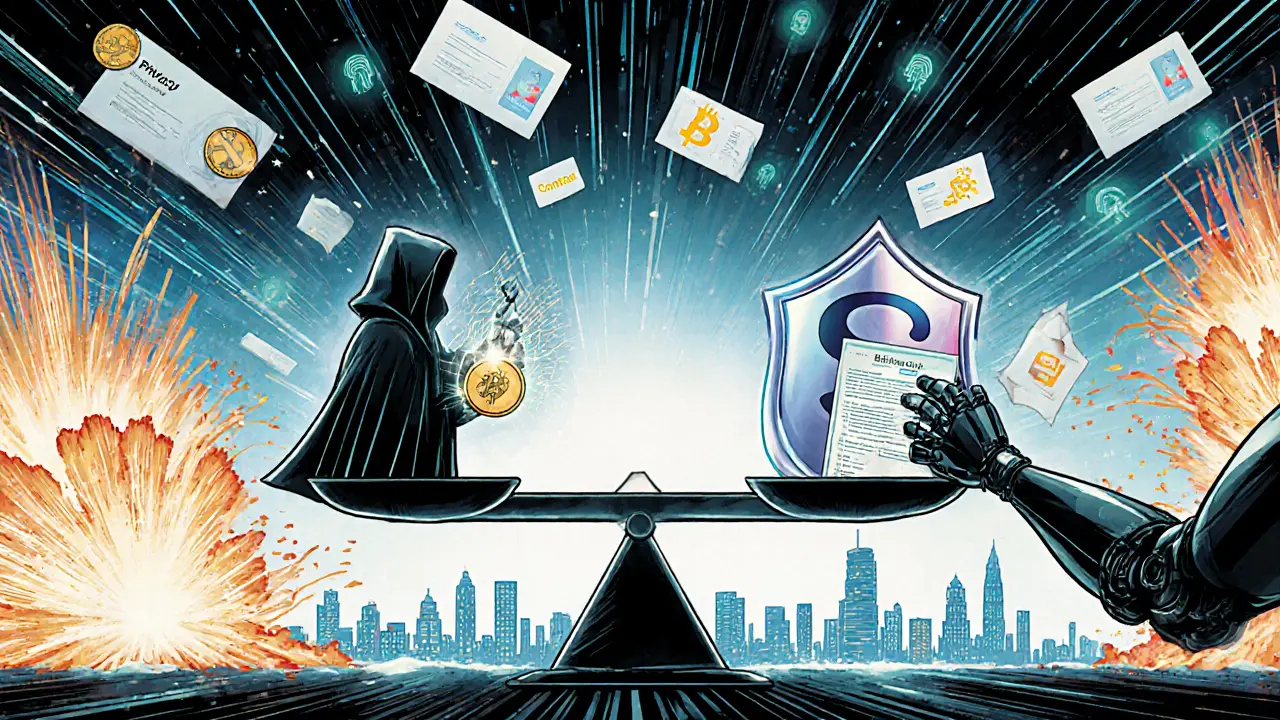
Who’s Winning and Who’s Losing?
Winners? The big exchanges. The KYC tech providers. Institutional investors. JPMorgan announced in September 2025 that all its blockchain payment services now require full KYC. That’s a signal: Wall Street won’t touch crypto without it. Losers? The anonymous traders. The small exchanges that can’t afford compliance. The users who want privacy but don’t understand the trade-offs. And what about Bitcoin ATMs? They’re still around. But they’re shrinking. Most now have limits-$500 a day, no ID needed. After that? You’re forced into KYC. The era of truly anonymous crypto is ending.What Should You Do?
If you’re a user:- Use regulated exchanges. They’re safer, faster, and more reliable.
- Read the privacy policy. Know how long they keep your data.
- Don’t reuse IDs across platforms. If one gets hacked, your identity is out there.
- Build KYC in from day one. Don’t wait for regulators to catch up.
- Use a proven provider like Sumsub or Shufti Pro. Don’t try to build your own.
- Design for user experience. Slow or confusing KYC drives people away. Fast, clear, and transparent KYC boosts conversion by 22%.
Final Thought
KYC in crypto isn’t going away. It’s getting smarter, faster, and more embedded. The question isn’t whether you’ll need it. It’s whether you’ll accept it-or find yourself left behind.The crypto world is becoming financial. And financial systems require trust. KYC is how we’re building it.
Is KYC mandatory for all crypto exchanges?
Yes, for centralized exchanges (CEXs) operating in regulated markets. By 2025, 92% of major exchanges globally require KYC to comply with laws from the EU, U.S., UK, Japan, and others. Decentralized exchanges (DEXs) often avoid KYC, but regulators are increasingly targeting them. Platforms that don’t comply risk fines, shutdowns, or being blocked by banks.
Can I still trade crypto anonymously?
Technically, yes-but it’s shrinking fast. Bitcoin ATMs and some DEXs still allow small anonymous trades, but they’re limited to under $500-$1,000 per day. Chainalysis data shows anonymous trading now makes up less than 12% of total crypto volume. Most major trading, DeFi interactions, and fiat on-ramps now require identity verification.
How long does crypto KYC take today?
On most regulated platforms, it takes 3.5 minutes on average. AI verifies your ID, matches your selfie, checks your address, and screens you against global sanctions lists-all in under 10 seconds per step. Manual reviews, if needed, take 24-48 hours, but they’re rare for standard users.
What documents do I need for crypto KYC?
You’ll typically need: a government-issued photo ID (passport or driver’s license), a recent proof of address (utility bill or bank statement under 90 days old), and sometimes a selfie holding your ID. For larger deposits or high-risk activity, you may also need to explain your source of funds-like pay stubs or sale receipts.
Why do some KYC systems reject me even if I’m not a criminal?
False positives happen. AI systems flag users if their ID looks altered, their address matches a high-risk region, or their transaction history includes a wallet linked to past sanctions-even if you had nothing to do with it. Around 12.3% of flagged transactions are false alarms. If you’re rejected, contact support. You can usually appeal with additional documentation.
Will zero-knowledge proofs replace traditional KYC?
Not replace-but enhance. Zero-knowledge proofs (ZKPs) let platforms verify you’re compliant without seeing your personal data. For example, they can confirm you’re over 18 or not on a sanctions list without knowing your name. The World Economic Forum predicts ZKPs will be standard by 2027. But regulators still need audit trails, so full anonymity won’t return. It’s privacy with accountability.
How is KYC changing for institutions?
Institutions like JPMorgan, Fidelity, and BlackRock now require full KYC for all crypto services. They’re using the same identity systems as traditional banking, with enhanced due diligence for corporate clients. This means legal entity verification, beneficial ownership disclosure, and ongoing transaction monitoring. Crypto is no longer a side hustle for big finance-it’s a regulated asset class.
What happens if I lie on my KYC form?
You risk account suspension, asset seizure, or legal action. Most platforms report suspicious activity to financial intelligence units. In the U.S., providing false information on a KYC form can be considered wire fraud or money laundering under FinCEN rules. Even small lies can trigger investigations that lead to fines or criminal charges.
Is my KYC data safe?
It depends. Regulated platforms must follow GDPR or CCPA, meaning your data is encrypted and stored locally. But breaches still happen. In 2024, a third-party KYC provider was hacked, exposing 1.2 million crypto users’ IDs. Always choose exchanges with clear data policies. Avoid uploading your ID to unverified platforms. Use a separate email and never reuse documents across services.
Will KYC make crypto less decentralized?
Yes-and that’s intentional. The original vision of crypto was permissionless. But as it scaled, regulators demanded accountability. KYC is the price of mainstream adoption. Decentralized finance (DeFi) still exists without KYC, but it’s now a niche. The future of crypto isn’t about avoiding rules-it’s about building compliant infrastructure that’s secure, fast, and fair.

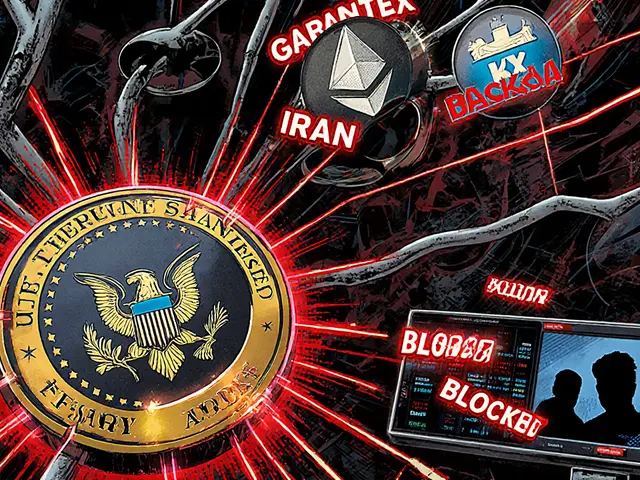
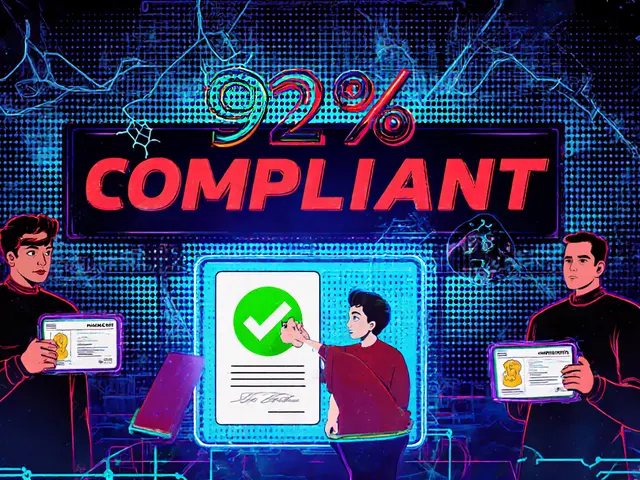
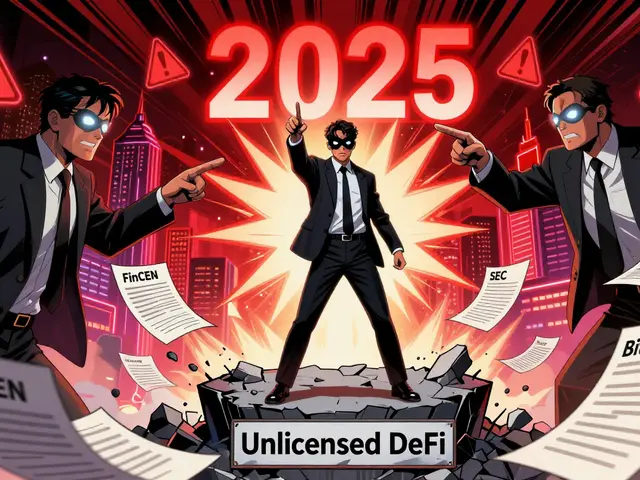
Derajanique Mckinney
October 29, 2025 AT 01:22Rosanna Gulisano
October 29, 2025 AT 09:34Sheetal Tolambe
October 30, 2025 AT 17:26gurmukh bhambra
November 1, 2025 AT 08:43Sunny Kashyap
November 2, 2025 AT 12:47james mason
November 3, 2025 AT 21:32Lena Novikova
November 5, 2025 AT 12:53Olav Hans-Ols
November 5, 2025 AT 21:50Kevin Johnston
November 6, 2025 AT 14:50Dr. Monica Ellis-Blied
November 8, 2025 AT 06:47Herbert Ruiz
November 10, 2025 AT 00:30Saurav Deshpande
November 10, 2025 AT 21:39Paul Lyman
November 11, 2025 AT 22:52Frech Patz
November 13, 2025 AT 17:32Anna Mitchell
November 13, 2025 AT 18:42Pranav Shimpi
November 15, 2025 AT 12:15MICHELLE SANTOYO
November 17, 2025 AT 00:12Paul Lyman
November 17, 2025 AT 06:07